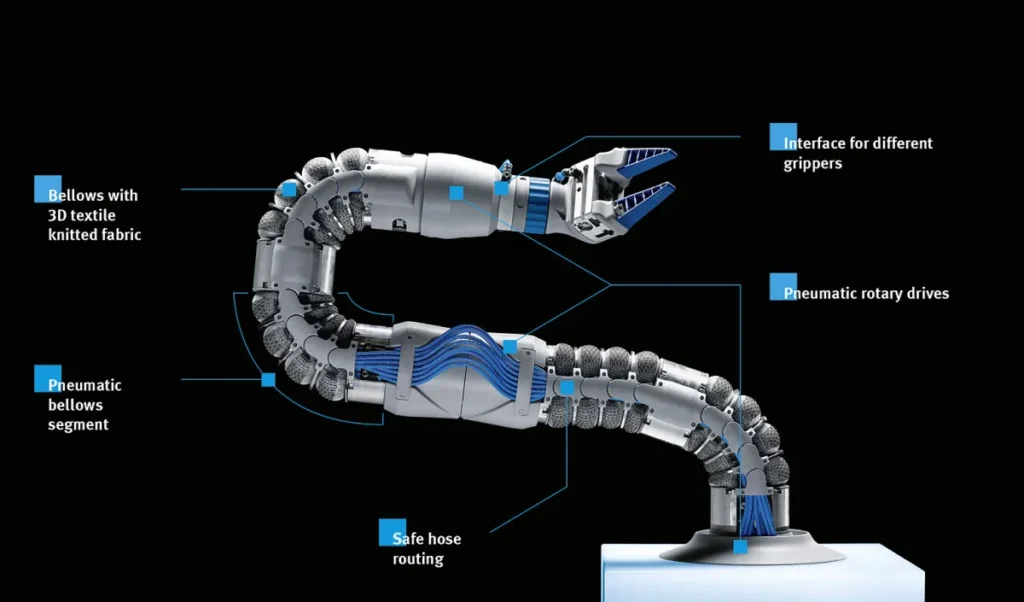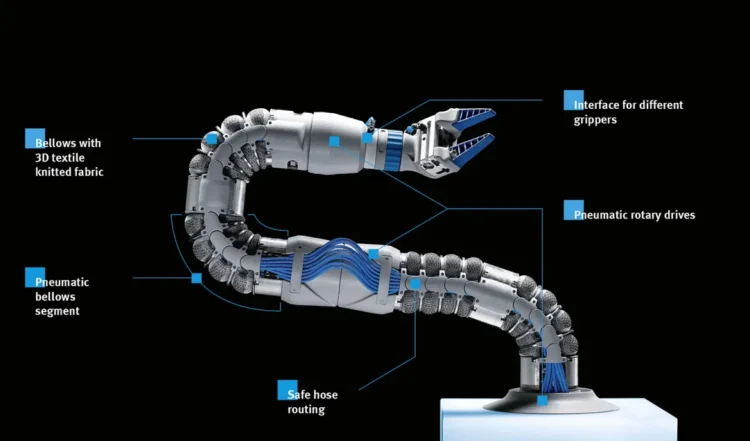Tips To Choose Best Actuator CNC Robotics – When it comes to making a robot that can do specific things, robotics is a very complicated field. Robots are worked to detect the climate and play out the assignment by controlling the obstructions. A sensor’s primary function is environment sensing, while actuators carry out specific tasks. A robot is fitted with various actuators, which perform various exercises to get a message from a sensor. Because this is a field that requires precision, choosing the right actuators for your robot is critical. For this determination, there are two phases first, you should know the accessible sorts of actuators and second, you should realize thought factors.
Circuitrocks brings this post that specifically addresses these two phases. The selection guidelines for actuators are then discussed after the types of actuators are discussed.
Types of Actuators Suitable for Robotics
Because they are designed to imitate human movements, robotics require precision. The active parts of a robot typically move in a linear or rotary manner. As a result, the actuators are chosen based on the kind of movement that is required. Let’s talk about the different kinds of actuators that robots need to move.
Actuators for Direct Movement Action: The following is a list of the actuators that produce linear motion:
- Linear Actuators: Direct actuators trigger the push or pull movement of the robot. For the most part, activities like forward or turn around the movement of the robot, progressive distance travel, and arm augmentation are the exercises set off utilizing direct actuators. The dynamic finish of this actuator is associated with the switch arm of a robot to set off such movement.
- Actuators with solenoids: Solenoids are unique reason direct actuators. A solenoid latch that responds to electromagnetic activity is present in these actuators. Controlled motion is accomplished with solenoid actuators. Robot exercises like a press button, lock, begin and opposite, and so forth are performed utilizing these solenoid actuators.
Rotational Motion Activity Actuators:
The actuators that produce rotational movement are recorded beneath.
- DC Motor Control Units: Most of the time, these actuators are used for rotary robotic motion. DC engine actuators come in differing sizes and force age limits. As a result, rotary motions can be performed at varying speeds with it. DC motor actuators are used to carry out tasks like robotic drilling and the movement of a robotic drivetrain.
- Servo Actuators: For controlled and monitored rotary motion, servo motor actuators are utilized. These advanced DC motors can rotate 360 degrees, but continuous rotation is not required. It permits stops during a rotational movement. These actuators are used to carry out tasks like picking and placing.
- Actuators for Stepper Motors: Robots perform repetitive rotational tasks thanks to stepper motor actuators. These actuators are a mixture of DC engines and servo engine actuators. When an activity needs to be repeated, automation robots use these stepper motor actuators.
After everything that was said, it should come as no surprise that when choosing actuators for robotics, the kind of activity and the kind of actuators should go hand in hand. Certainly, this becomes one of the requirements. Be that as it may, there are a couple of additional elements you want to consider while choosing actuators for mechanical technology. We should talk about something very similar.

Tips To Choose the Best Actuator CNC Robotics
Robots are used for different purposes. Consequently, while choosing actuators for mechanical technology, the accompanying variables should be thought of.
- The Robot’s Goal: When choosing an actuator, the robot’s purpose should be the first important consideration. For proper choice, you should understand what exercises are to be performed by a robot. For instance: If a robot is expected to pick up and place objects and move forward and backward. In this situation, a direct actuator for straight-line movement and servo engines for arm verbalization can be utilized.
- Requirements and Limitations of the Aesthetic: The presence of the robot is a major thought in a mechanical plan. The robot must have lightweight actuators if it is intended for delicate tasks. A stepper motor with a torque limiter is essential if the robot has speed limitations.
- Mounting Space: When choosing actuators, mounting space and control linkage must be taken into account. The actuator must meet these conditions if there is a limitation on mounting space or the need for an external controlling lever.
- Correspondence/Order Convention: Robots are worked utilizing virtual control advancements. For the most part, pulse width modulation (PWM) or sequential correspondence conventions are utilized in the mechanical controls. As a result, the type of actuator and the command/communication protocol must work together.
- Interface for Control: There are numerous robotics control and monitoring interfaces available. PWM or serial communication protocols underpin the operation of these interfaces. These are much of the time advanced controls that permit virtual order and control activities in mechanical technology. This software for the control interface needs to be compatible with the actuator.
Conclusion
A definitive objective of picking a robotic CNC arrangement is to track down an answer that meets your functional necessities as well as fills in as a drawn-out resource for your business. In this way, don’t compromise on any of the significant things to pay special attention to.
Your selection of actuators for robotics applications should be simple and quick now that all the selection guidelines have been laid out. Alongside these, guarantee that you select actuators for advanced mechanics from believed brands that guarantee quality, client assistance, and limitless specialized help.





